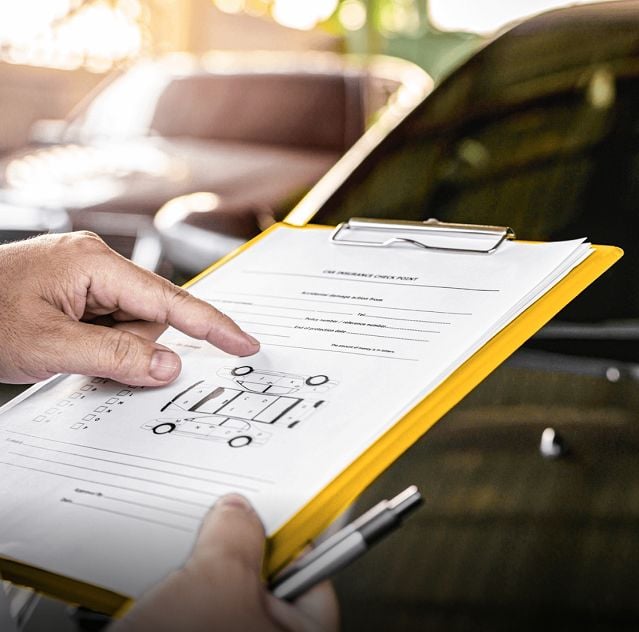

Small and Efficient, The Attraction of Japanese Kei Cars in Japan’s Auto Market
Introduction to Japanese Kei Cars
Japanese Kei Cars, or simply “Kei” cars, are a unique category of small, lightweight, and highly efficient vehicles that have become an integral part of the Japanese auto market. These compact and eco-friendly cars were first introduced in Japan following World War II, as a response to the country’s need for affordable and accessible transportation that could negotiate its narrow streets and dense cities.
Understanding the Popularity of Kei Cars in Japan
The popularity of Kei cars in Japan is primarily attributed to their practicality, affordability, and efficiency. These lightweight vehicles usually have engines no larger than 660cc, qualifying them for significant tax breaks under Japanese regulations. This makes them extremely attractive to consumers who are conscious about cost-efficiency and conserving resources. Additionally, their small size allows for navigability in congested urban spaces and crowded parking lots.
Comprehensive Look at the Affordability of Kei Cars in Japan
Despite being equipped with advanced features very much like regular-sized cars, the affordability of Kei cars is indeed one of their main selling points. Cheaper to buy, cheaper to run when it comes to fuel consumption, and less expensive to maintain due to their simpler design and engineering, Kei cars offer substantial savings to owners. The governmental incentives further sweeten the deal by lowering insurance, tax, and parking costs.
Step-by-Step Guide on Importing Kei Cars from Japan
To import a Kei car from Japan, first, you need to find a reputable dealer or auction house that specializes in these vehicles. Once you choose a model that suits your needs, you’ll need to make a purchase and arrange shipping through a vehicle freight company. You would then need to pay import duties and register the vehicle in your home country, ensuring compliance with any local emission standards or safety regulations. Please note that some countries will not accept the Kei Car so check with us first.
Multiple Benefits of Owning a Japanese Kei Car
Aside from affordability, Kei cars offer numerous other benefits. They have good fuel efficiency, thanks to their small engine size. Because they are compact in size, they are easy to park and excellent for city driving. Despite their size, Kei cars are surprisingly spacious inside, offering comfort to passengers. Also, as they are produced by major car manufacturers, you are likely to find the same level of technology and safety features as in larger vehicles.
A Detailed Guide to Understanding Kei Cars in Japan
To fully understand Kei cars in Japan, one must consider them in their specific context. These vehicles are primarily designed to navigate narrow, crowded city streets, save on parking spaces, and meet stringent emission norms. Engine capacities are deliberately limited to 660 cc, and vehicle dimensions to certain maximum values to qualify for tax breaks and insurance benefits.
Japan’s Compact Kei Cars and Their Place in the Auto Market
In the Japanese auto market, Kei cars hold a significant place. As per the Japan Light Motor Vehicle and Motorcycle Association, nearly a third of all new cars sold in Japan are Kei cars. The government-backed incentives, increasing environmental consciousness, and the practicality of these tiny vehicles, have secured an irreplaceable place for them in the market.
Exploring the Eco-friendly Nature of Japanese Kei Cars
The small engines of Kei cars mean less fuel consumption, resulting in fewer carbon emissions, pegging them as a more eco-friendly option. Plus, their popularity has led to many examples being offered with hybrid or fully electric drive trains, further substantiating these vehicles’ green credentials.
A Deep Dive into Popular Kei Car Models in Japan
There are several popular Kei car models in Japan, each with unique features. These include the Honda N-Box, the most-sold Kei car in Japan known for its spacious interior, and the Suzuki Alto, loved for its fine balance between performance and affordability. The Daihatsu Tanto and the Suzuki Wagon R are other top-selling models offering impressive practicality and fuel efficiency.
Ultimate Japanese Kei Car Guide: What You Need to Know
In this ultimate guide, we’ve covered the basics of Japanese Kei cars – their features, benefits, popularity, affordability, and more. If you’re considering purchasing a Kei car, it’s important to understand these points fully and consider if a Kei car is the right fit for your lifestyle, budget, and driving needs.
Exploring the Unique Japanese Kei Car Culture
The Kei car isn’t simply a vehicle; it’s part of a unique cultural phenomenon in Japan. The small size, affordability, and efficiency of Kei cars have created a distinct culture where customization, hobby groups, and even Kei car racing events are frequent sights. It showcases the playful side of the usually serious world of autos.
Understanding Japanese Kei Cars: A Comprehensive Analysis
Through this comprehensive analysis, we aim to give a complete overview of Japanese Kei cars. From their creation to their evolution over the years, their role in Japanese society and the auto market, and their potential future prospects, we have endeavored to provide a detailed understanding of these small but mighty vehicles.
Small and Efficient: The Allure of Japanese Kei Cars
In conclusion, Japanese Kei Cars spell small and efficient, a combination that has made them highly attractive to consumers not only in Japan but increasingly around the world. Whether it’s the allure of affordability, eco-friendliness, or simple practicality, there’s no denying that Kei cars offer an intriguing blend of benefits that will continue to attract auto enthusiasts for many years to come.
If you want more info get in touch
Table of Contents
ToggleAdd a comment Cancel reply
Categories
- Auto Detailing (4)
- Car News (47)
- Car Reviews (35)
- Classic Cars (20)
- Importing Rules By Country (5)
- Japan Car Auctions (2)
- JDM (15)
- Uncategorized (22)
Recent Posts
About us

I am not one for writing articles actually so most of these articles come from contributors that I have met over the years or with a little help of our AI buddy.
If you have any desire to import a car from Japan or simply need some advice get in touch via Whatsapp here at +81-90-5400-6384
Looking For That Special Car Has Never Been Easier.
Finding the right car in Japan is not always easy and finding the best partner in Japan to help you with this is sometimes even harder.
With over 25 years buying history and great contacts all over Japan I can help you in every way.
Get hold of me today!
Popular Tags
Related posts


USS Ninja Alternatives


Unveiling the Truth of Chinese Cars


Capitalizing on the Car Buyer's Market








